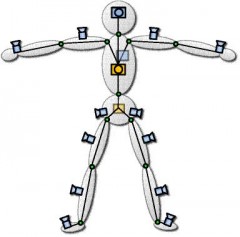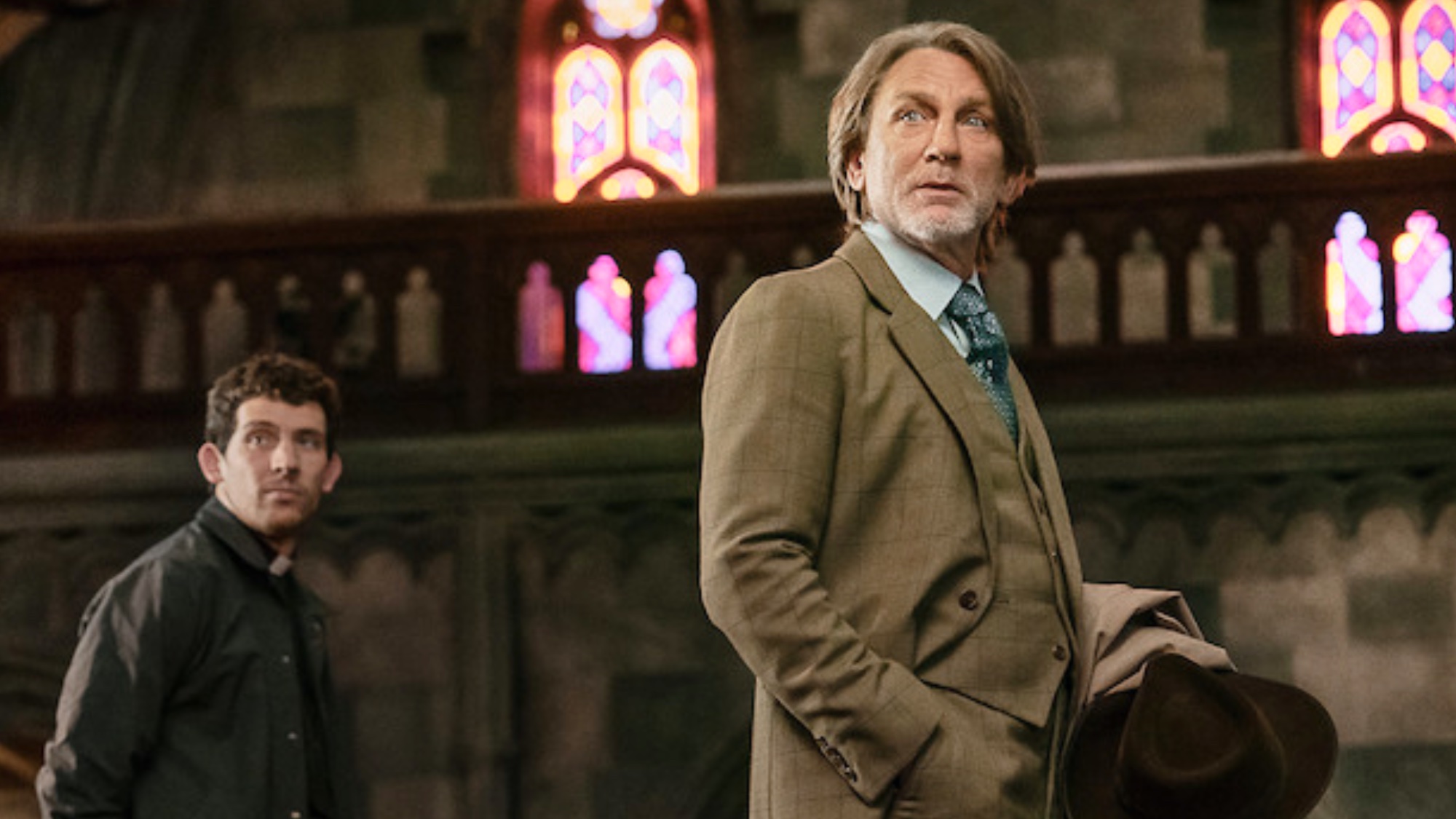Motion Capture from Body-Mounted Cameras
Future movies may be using a different type of motion capture technique than we are used to today. rather using a camera to record the motion of a person or object, actors may be wearing numerous outward-facing cameras on a body suit.

The advantage: Motion capture can be accomplished outside and in large areas that are typically not accessible by traditional motion capture cameras that are used within studio environments today.
Researchers at the Carnegie Mellon Robotics Institute and Disney Research, Pittsburgh (DRP) are currently developing such a system. "Body-mounted cameras enable capture of motions, such as running outside or swinging on monkey bars, that would be difficult - if not impossible - otherwise," said Takaaki Shiratori, a post-doctoral associate at DRP.
A wearable camera system makes it possible to reconstruct the relative and global motions of an actor thanks to a process called structure from motion (SfM), Carnegie Mellon said. SfM is already 20 years old, but is now used to estimate the pose of the cameras on the person. In the initial tests, the technology employed 20 lightweight cameras on the limbs, and trunk of each person. Each camera was calibrated against a reference structure. When the actor moved, the system was able to automatically build a digital skeleton and estimate positions of cameras on that skeleton.
DRP said that the technology does not yet match the precision of traditional motion capture and will require higher resolution compact cameras and an enormous amount of computing horsepower. One minute of motion capture will take up to a day of computer processing, DRP said.
Get instant access to breaking news, the hottest reviews, great deals and helpful tips.
Douglas Perry is an author and journalist from Portland, Oregon. His many articles have appeared in the likes of Tom's Guide, Tom's Hardware, The Oregonian, and several newspapers. He has covered topics including security, hardware, and cars, and has written five books. In his spare time, he enjoys watching The Sopranos.
-
CaedenV not the brightest idea. Taking a day to render a minute of footage is going to make dailys rather impossible. With current tech they can instant render fairly accurately, and it could be adapted to the great outdoors... but why would you want to? The idea of mocap is to capture the animation of something to be animated, so you would want to do it in a studio.Reply -
jecastej Is the render result already simplified for animators to use? On the other hand isn't it possible to create a very light articulated exoskeleton structure with sensors instead of cameras to measure the actor's movement? Maybe is not that easy, but why? The sensors could produce very high precision.Reply -
bv90andy why not use gyroscopes?Reply
that seems a simple way of gathering movement data anywhere, and without gathering gigabits of video for processing. -
jacobdrj This coupled with the current motion sensor technology could be an excellent way for movie productions to improve the movement of their animated CGI characters. It always seems like they miss something with the fluidity of the motion of real objects. This might fix that...Reply
